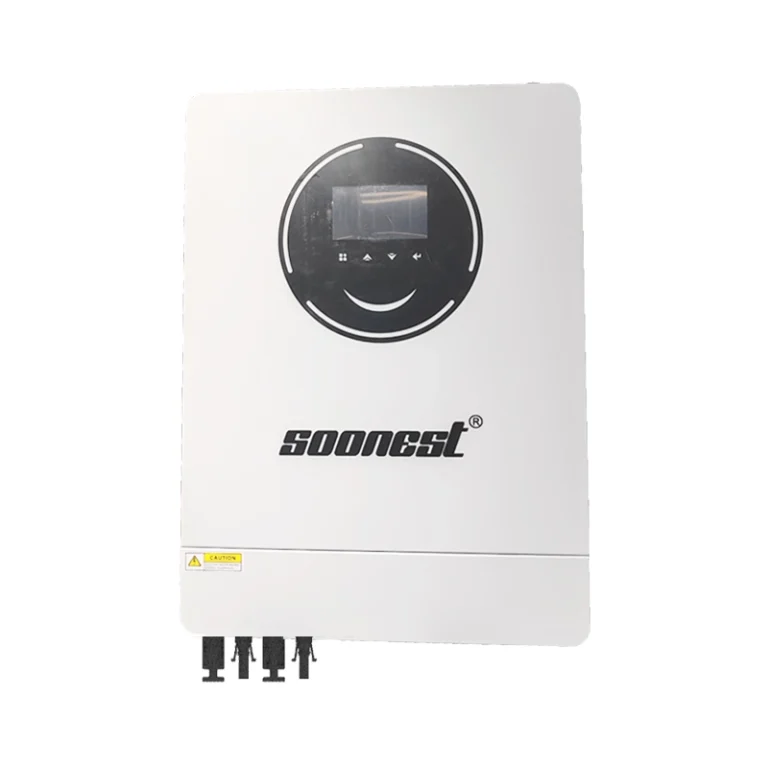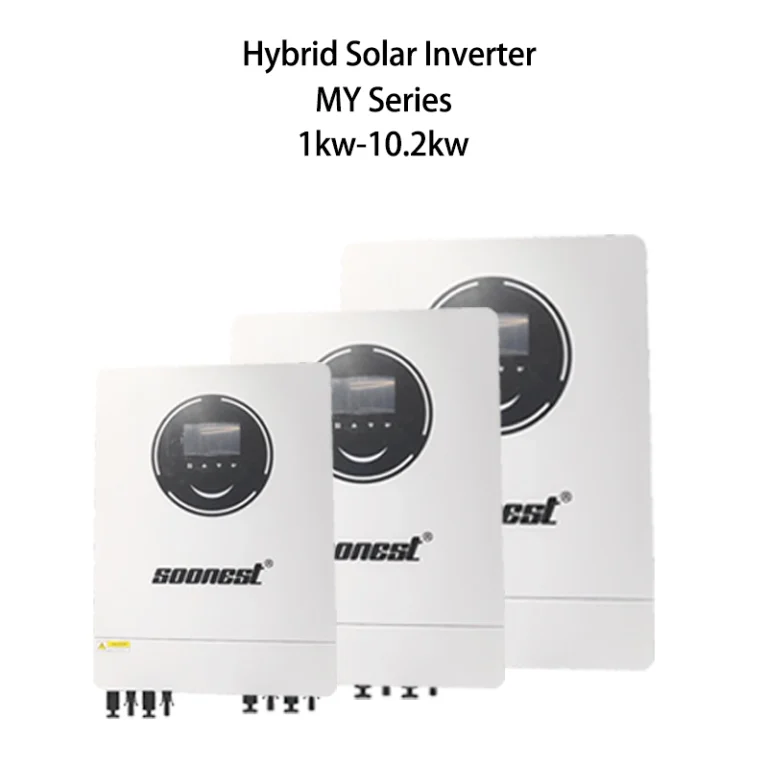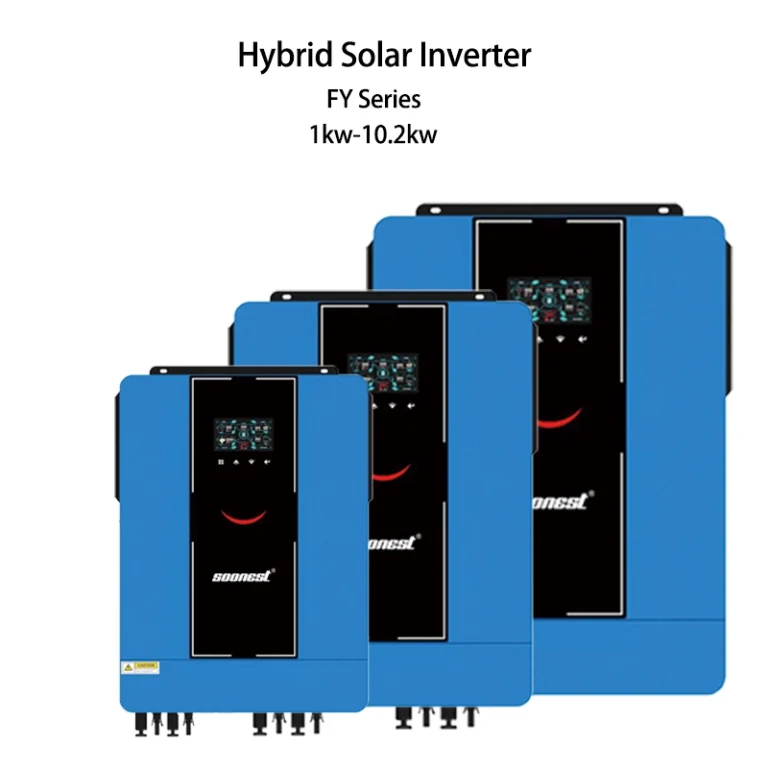As we all know, the capacity of a Sun battery significantly impacts its Sun Battery Price. It determines how much energy the battery can hold and deliver, measured in kilowatt-hours (kWh). Batteries with plentiful storage carry a heftier cost. They address substantial energies’ need, like we all know powering a home during outages. For example, the households aiming for reliability during blackouts need robust batteries. These can markedly increase expenses. In contrast, smaller batteries suit those seeking simple backup or looking to trim peak-hour electricity bills. In which case, we believe that choosing the right size aligns energy needs with financial constraints.
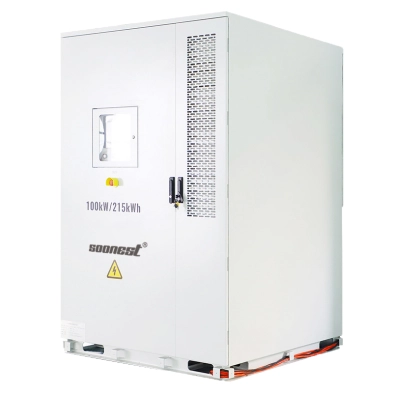
How Battery Lifespan Affects Overall Value
A battery’s durability is a pivotal factor in its overall worth. It’s typically gauged in cycles or years, providing a measure of performance over time. Lifespan shows how long a battery can store and release energy skillfully before its effectiveness wanes. Resilient batteries, though costlier upfront, offer superior value by minimizing replacement needs. For instance, lithium-ion batteries excel with their toughness across numerous charge-discharge cycles. This makes them a preferred choice despite their higher Sun Battery Price. Conversely, lead-acid batteries, while more affordable initially, often require frequent replacements due to shorter lifespans. This can reduce their long-term savings.
It is not difficult to know that durability’s role naturally leads us to efficiency, another critical aspect of solar battery value.
The Impact of Efficiency on Costs
What we all have to consider is that a battery’s efficiency reflects its knack for converting stored energy into usable power with minimal waste. Highly capable batteries curb energy loss, maximizing stored power usage. So that is crucial and is particularly vital for homes heavily reliant on solar energy. Advanced technologies, such as lithium-ion phosphate (LiFePO4), outshine traditional lead-acid batteries in efficiency. But, we still confess this stellar performance comes with a steeper price. The sophisticated design of these batteries demands a larger investment. Efficiency, therefore, balances top-notch performance with a higher Sun Battery Price.
Efficiency is closely tied to the materials and technologies used, guiding us to explore how innovation shapes pricing.
Why Does Technology Influence Sun Battery Prices?
Advanced Materials and Their Effect on Pricing
The materials used in battery production greatly influence the Sun Battery Price. Lithium-ion batteries, for instance, rely on pricey elements like cobalt and nickel. These boost energy density and efficiency. However, their scarce supply chains and intricate extraction processes inflate costs. In contrast, emerging technologies, such as sodium-ion or solid-state batteries, aim to use more abundant materials. They strive to deliver comparable performance while potentially lowering expenses. Material choices, therefore, shape both functionality and cost.
The Relationship Between Innovation and Cost Reductions
Innovation dynamically molds Sun Battery Price trends. New technologies often start with lofty costs due to research and small-scale production. Over time, however, large-scale manufacturing and improved processes reduce prices. For example, lithium-ion batteries became more budget-friendly after widespread use in consumer electronics. Ongoing research into novel chemical compositions and production methods promises further savings. These advancements also enhance performance, making batteries more accessible for brands like Soonest. This interplay highlights how innovation drives affordability.
As innovation progresses, practical factors like installation and maintenance also affect costs, which we’ll delve into next.
How Do Installation and Maintenance Contribute to Expenses?
Installation Complexity and Its Financial Implications
The installation process can notably increase the Sun Battery Price. It requires meticulous system design and integration with existing solar panels or electrical setups. Adhering to local regulations adds further hurdles. Professional installation ensures safety and efficiency, especially for larger systems. However, this expertise brings labor costs, permit fees, and possible inspection expenses. These elements can significantly raise the initial investment, particularly for complex setups.
The Importance of Maintenance in Long-Term Investment
Maintenance is crucial for the long-term value of a Sun Battery Price investment. Modern lithium-ion batteries need less upkeep than lead-acid systems. Still, regular checks on charge levels, connections for wear or corrosion, and software updates are essential. These tasks sustain peak performance and prolong lifespan. Ignoring maintenance can lead to reduced efficiency or early failure. This erodes the financial benefits of solar storage. Proper care, therefore, is vital for maximizing returns.
With maintenance in focus, let’s examine how energy storage capabilities further shape costs, starting with depth of discharge.
Is Energy Storage Capability a Significant Factor?
Evaluating Depth of Discharge in Pricing Decisions
Depth of discharge (DoD) is a key metric for assessing solar battery performance and pricing. It indicates the percentage of a battery’s capacity that can be safely used without harming its lifespan. Batteries with higher DoD allow greater energy usage, making them more versatile for various needs. This efficiency, however, comes at a premium due to advanced technology. For instance, lithium-ion batteries typically achieve 80-90% DoD, far surpassing lead-acid batteries’ 50% or less. This capability maximizes energy storage value over time. It also justifies the higher Sun Battery Price.
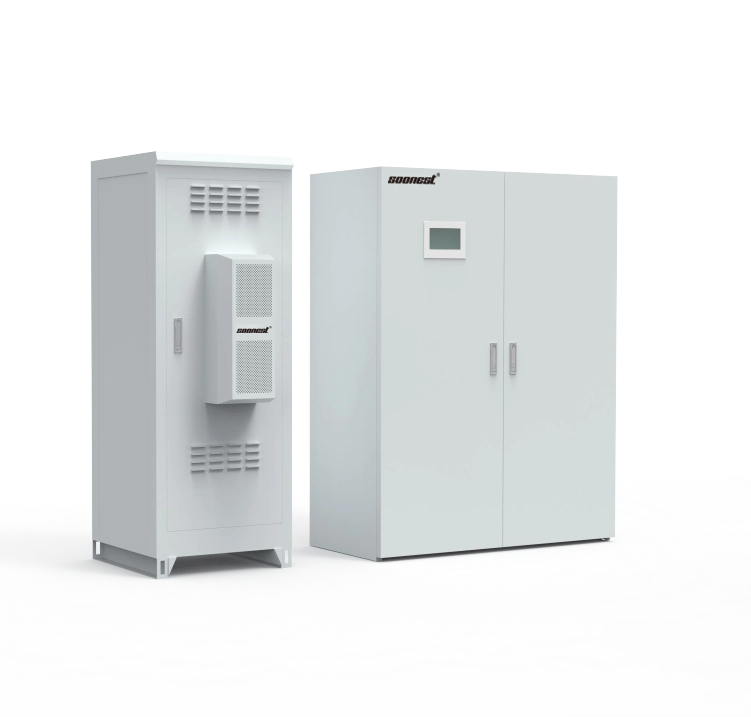
The Connection Between Storage Needs and Costs
Energy storage needs directly influence Sun Battery Price. Homes or businesses with significant energy demands may need multiple large batteries. This results in a larger investment. Smaller systems, designed for minimal backup or peak shaving, can rely on lower-capacity batteries. These are more cost-effective. Understanding your energy consumption patterns is critical. Overestimating needs can lead to unnecessary expenses. Underestimating, however, may leave you without enough power during outages. Proper sizing ensures a budget-friendly solution.
Storage considerations naturally lead to warranty, a critical factor in pricing decisions.
What Role Does Warranty Play in Price Consideration?
Understanding Warranty Terms for Solar Batteries
Warranty terms are essential for evaluating the long-term value of a Sun Battery Price. They typically cover defects in materials or workmanship and guarantee performance over a set period or cycle count. For example, many lithium-ion batteries offer 10- to 15-year warranties, covering thousands of cycles. This assures reliability and peace of mind. Longer warranties often signal high-quality construction. However, they can noticeably increase the initial cost. Reviewing warranty terms carefully is crucial. Ensure you understand coverage details and any extra maintenance or service fees.Don’t Forget These Game-Changing Perks
Here’s a pro tip many miss: check for local incentives before making your decision. Many areas offer:
- Tax credits that can shave 30% off your costs
- Utility rebates that pay you back for going green
- Special financing options with lower interest rates
I recently helped a retired couple in Florida navigate these programs – they ended up getting nearly $4,000 back through various incentives, making their premium battery system surprisingly affordable.
Let’s be honest -it is to say when you’re investing in solar batteries, that warranty document might not be the most exciting read. But here’s why it matters: a solid warranty is like an insurance policy for your peace of mind. Sure, batteries with longer warranties might make your wallet wince initially, but think of it this way – would you rather pay more now for years of worry-free operation, or gamble on cheaper options that might leave you stranded when you least expect it?
I’ve seen too many homeowners regret skimping on warranty coverage. One customer, Sarah from Arizona, opted for a budget battery with a 5-year warranty. When it failed after six years, she ended up spending nearly as much on replacement as she’d saved upfront. Meanwhile, her neighbor’s premium battery with a 15-year warranty was still going strong.
FAQ
Q1: How do I determine the right solar battery size for my home?
Start by examining your daily energy consumption. Review electricity bills for peak usage and seasonal variations. For full energy independence or outage backup, choose higher-capacity batteries. Consider charging speed and compatibility with your solar setup. This ensures maximum efficiency.
Q2: How do you think about lithium-ion batteries worth the higher upfront cost?
Definitely! batteries, Lithium-ion, or especially LiFePO4, cost more initially. However, their durability, minimal maintenance, and excellent performance outshine lead-acid options. Over time, these qualities make them a wise choice for brands like Soonest.
Q3: Can government incentives reduce sun battery costs?
Yes, absolutely! Many regions provide rebates or tax credits for renewable energy systems, including solar batteries. Research local programs thoroughly. These incentives can significantly lower upfront costs. They make high-quality batteries more affordable, boosting long-term savings.


